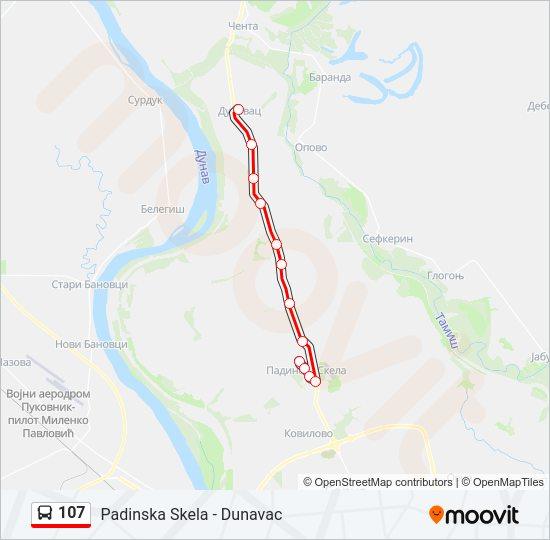Belgrade’s Historic Transformation: Metro Project and Urban Development Shape Serbia’s Capital Future

A City in Transformation
Belgrade is making history with the construction of the first metro system in the Western Balkans, marking the largest infrastructure project in Serbia. This groundbreaking initiative is set to revolutionize mobility in the capital city.
Comprehensive Metro Network
The ambitious project encompasses three metro lines that will serve the Serbian capital. The largely underground driverless system will cross both the Sava and Danube rivers, with the first two lines converging at Savski Trg, Belgrade’s historic main railway station. The first line will run north to south, serving the Waterfront and historical centre, while the second line will connect the historical centres of Belgrade and Zemun through Novi Beograd. Upon completion, the network will span nearly 60 kilometers and serve 61 stations.
Green Infrastructure Initiative
The city is also advancing its environmental agenda with a new Green Infrastructure Strategy. The initiative aims to establish ecosystem services and create a healthy, safe, and comfortable living environment for residents. The strategy, valued at €28.2 million through 2032, includes modernization of equipment, innovative green solutions such as roof gardens and vertical greenery, and expansion of forest areas.
Economic Impact and Future Prospects
The metro project is expected to significantly improve public transport efficiency, making commuting faster and more reliable for residents. It will catalyze real estate development along the metro lines, leading to urban revitalization and increased property values, while creating numerous jobs during both construction and operation phases.
Belgrade has emerged as a vibrant tech hub, while maintaining its rich historical heritage. As of early 2025, Serbia continues its path of economic modernisation and diplomatic engagement, balancing relationships with the EU, where it maintains candidate status, and traditional partners like Russia and China.
Conclusion
These ongoing infrastructure projects are actively reshaping Belgrade’s economic future. By improving transport networks, boosting trade, and fostering foreign investments, these initiatives are helping the city position itself as a regional economic hub.
